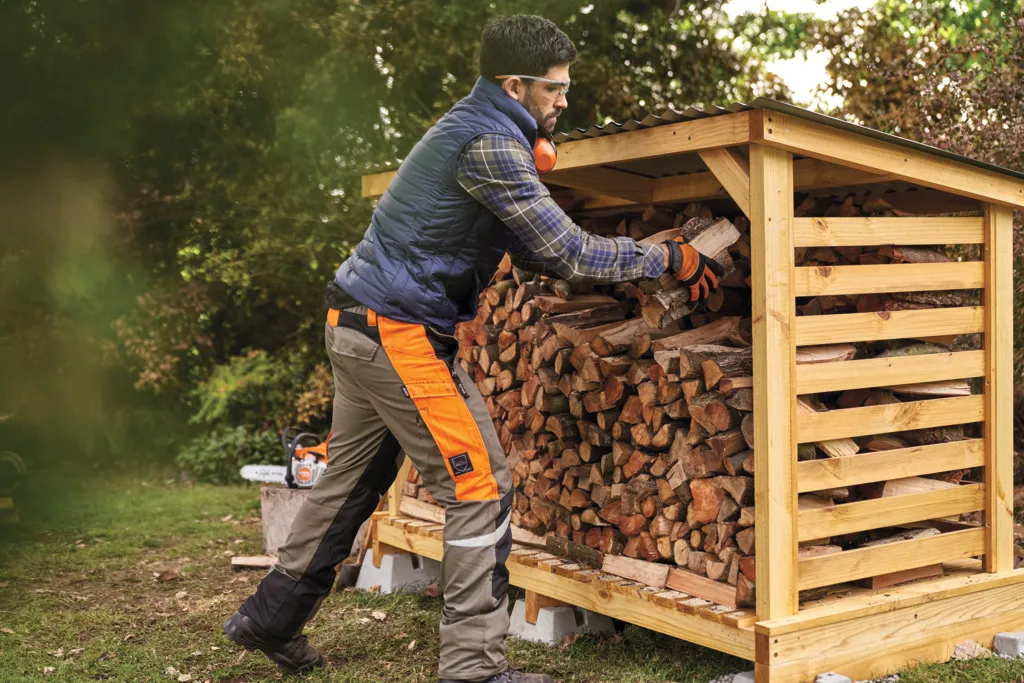
There’s nothing quite like the warmth and ambience of a crackling fire on a chilly evening. Whether you rely on a wood-burning stove, fireplace, or outdoor fire pit, the key to a successful and efficient fire lies in the quality of your firewood. Seasoning and storing wood properly are crucial steps in ensuring that your firewood is easy to light (even without firelighters), burns cleanly, produces more heat, and lasts longer.
In this comprehensive guide, we’ll delve into the art of seasoning and storing wood to help you become a master of firewood preparation.
Step 1: Selecting the Right Wood
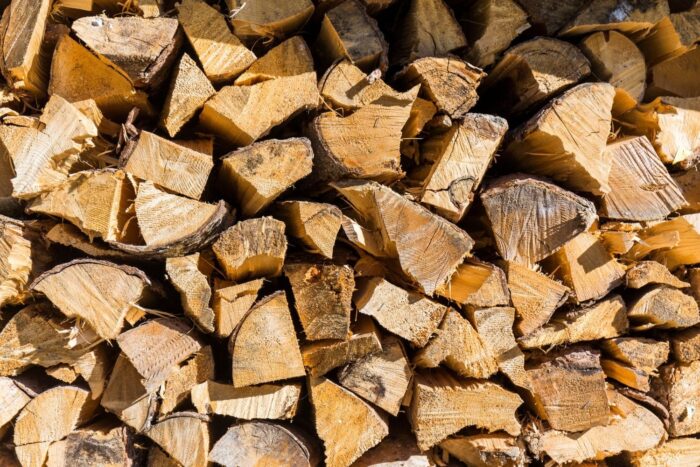
Not all wood is created equal when it comes to burning. Hardwoods like oak, maple, and hickory are preferred for their high energy content and slow-burning properties. Softwoods like pine and spruce, while easier to split, tend to contain more resin and moisture, making them less ideal for efficient combustion. When selecting firewood, opt for well-seasoned hardwoods for optimal performance.
Step 2: Cutting and Splitting
The first step in preparing firewood is to ensure it is cut to the right length, usually 16 to 18 inches. This standard size fits most fireplaces and wood stoves, promoting even burning. Additionally, splitting the wood into smaller pieces exposes more surface area to air, expediting the seasoning process. Use a quality axe or log splitter to make the job more manageable.
Step 3: Proper Timing
Timing is crucial when it comes to seasoning wood. Ideally, wood should be cut and split in the early spring or late winter, allowing it to dry throughout the warm and dry months. The goal is to achieve a moisture content of around 15-20%, which may take six months to a year, depending on the type of wood and local climate.
Step 4: Stacking for Airflow
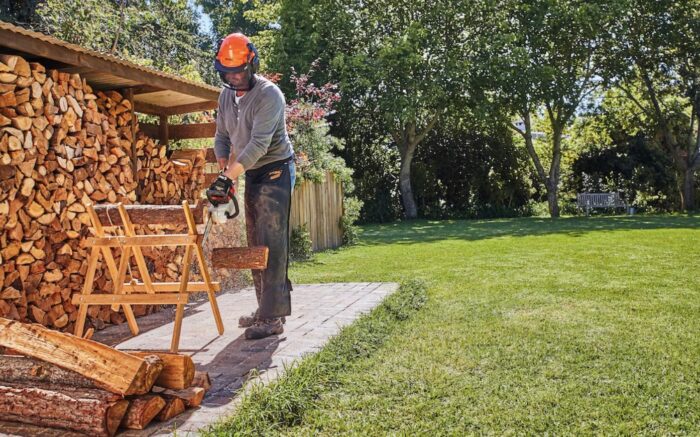
Once cut and split, firewood needs to be stacked in a way that promotes optimal airflow. Create a raised platform using pallets or logs to keep the wood off the ground, preventing it from absorbing moisture. Stack the wood in a crisscross pattern, leaving gaps between the pieces to allow air to circulate freely. This encourages the drying process and minimizes the risk of mold or rot.
Step 5: Covering for Protection
While proper airflow is essential, protecting the wood from the elements is equally important. Use a tarp or specially designed firewood cover to shield the stacked wood from rain and snow. However, ensure that the sides remain open to prevent trapping moisture. Striking a balance between ventilation and protection is crucial for effective seasoning.
Step 6: Monitoring Moisture Content
Regularly check the moisture content of your firewood using a moisture meter. Aim for a reading between 15-20%, as wood with a lower moisture content burns more efficiently. Adjust your storage and covering techniques if needed, especially during periods of heavy rain or high humidity.
Step 7: Indoor Storage
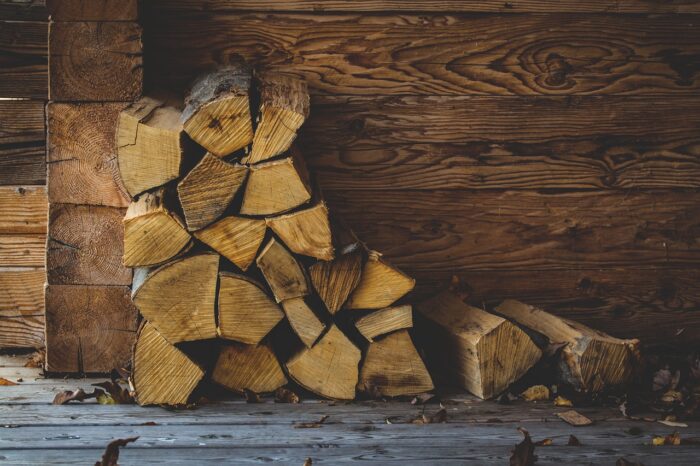
Once your firewood is properly seasoned, the next step is to store it indoors for immediate use. Choose a well-ventilated area, like a woodshed or garage, to protect the wood from the elements while allowing it to maintain its low moisture content. Avoid storing wood directly against exterior walls to prevent condensation.
Step 8: Convenient Accessibility
When storing firewood indoors, consider the convenience of accessibility. Arrange the wood in a way that allows for easy grabbing and carrying. Using racks or shelves helps keep the wood organized and prevents it from scattering, making your wood-burning experience more enjoyable.
Step 9: Outdoor Storage
For those with ample outdoor space, proper wood storage is essential for preserving the seasoned state of the firewood. Invest in a purpose-built firewood rack or create a raised platform with adequate airflow. Elevating the woodpile minimizes contact with the ground and reduces the risk of pests and decay.
Step 10: Rotate Stock
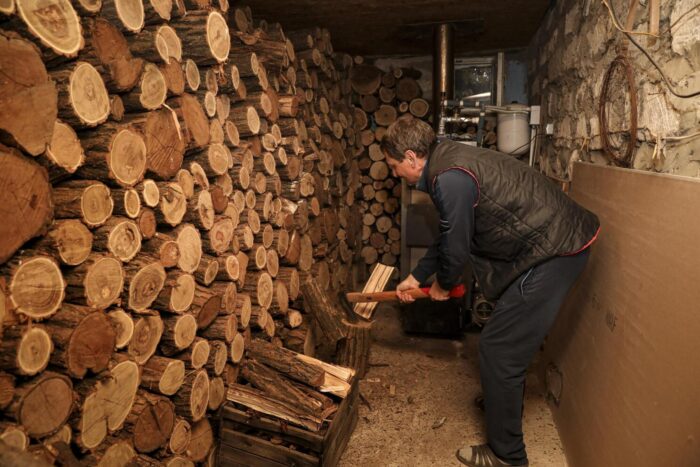
To maintain the quality of your firewood, practice a first-in, first-out system. Use the older, seasoned wood first and rotate your stock to ensure that newer additions have sufficient time to dry and season. This approach guarantees a steady supply of high-quality firewood for years to come.
Benefits of Storing Wood for Firewood
Storing firewood properly offers a range of benefits, ensuring that your fuel source remains efficient, safe, and readily available when you need it. Here are some key advantages of storing firewood:
1. Optimal Burning Efficiency:
Properly stored firewood has lower moisture content. Burning wood with reduced moisture results in a more efficient and hotter fire. Seasoned firewood ignites faster, produces less smoke, and generates more heat, providing a more effective heating source for your home.
2. Reduced Smoke and Emissions:
Well-seasoned firewood burns cleaner, releasing fewer pollutants and particulate matter into the air. This not only benefits indoor air quality but also contributes to environmental conservation by minimizing the emission of harmful substances into the atmosphere.
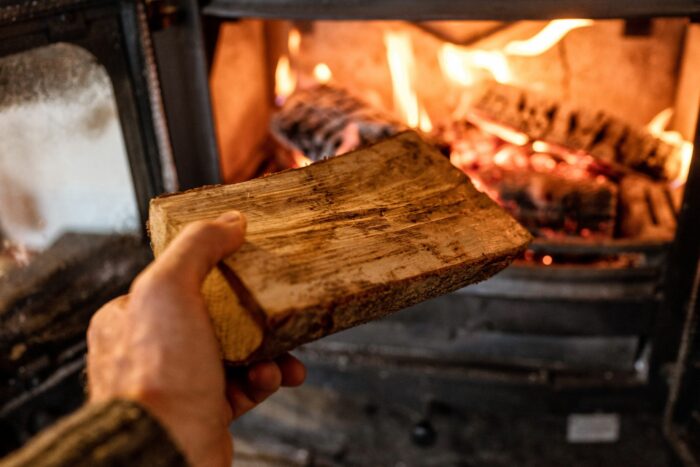
3. Prevention of Creosote Buildup:
Burning wet or unseasoned wood can lead to the accumulation of creosote in your chimney. Creosote is a highly flammable substance that can cause chimney fires. Storing seasoned firewood helps reduce the risk of creosote buildup, enhancing the safety of your wood-burning appliance.
4. Cost-Effectiveness:
Properly seasoned and stored firewood is a cost-effective heating option. Efficient combustion means you use less wood to achieve the desired warmth, saving you money on fuel costs. Additionally, well-maintained firewood reduces the need for frequent chimney cleaning and maintenance.
5. Extended Lifespan of Wood-Burning Appliances:
Burning wet or green wood can lead to the formation of acidic byproducts, which can accelerate the deterioration of your wood-burning stove or fireplace. Using well-seasoned firewood helps extend the lifespan of your heating appliances by reducing the corrosive impact of these byproducts.
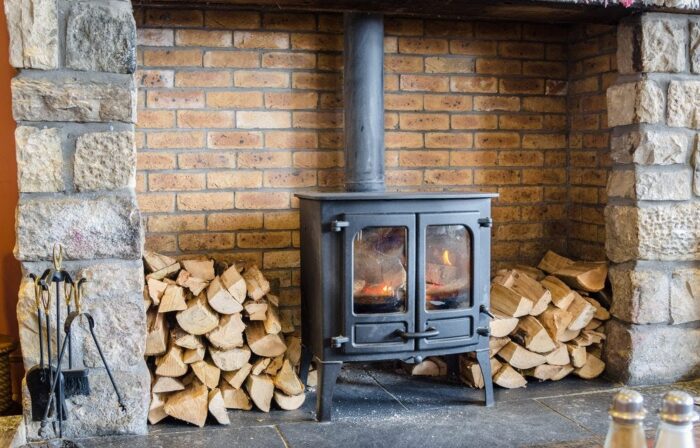
End Note
Mastering the art of seasoning and storing wood for firewood is a rewarding endeavor that pays dividends in the form of efficient heat, reduced emissions, and a more enjoyable fireplace experience. From selecting the right wood to monitoring moisture content and implementing proper storage techniques, each step plays a vital role in ensuring your firewood is ready to provide warmth and ambiance when you need it most.
By following these guidelines, you can transform the simple act of burning wood into a sustainable and satisfying practice for the long winter months ahead.





